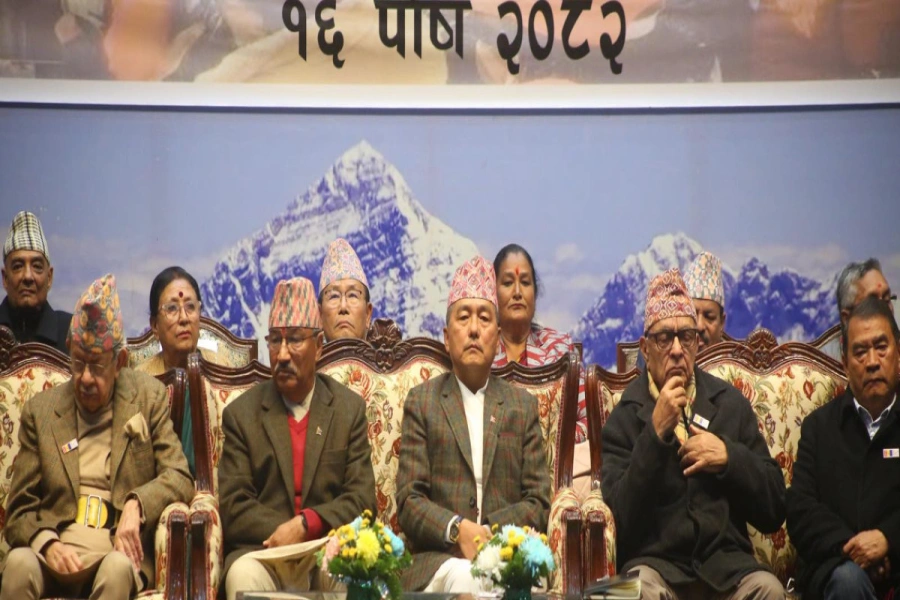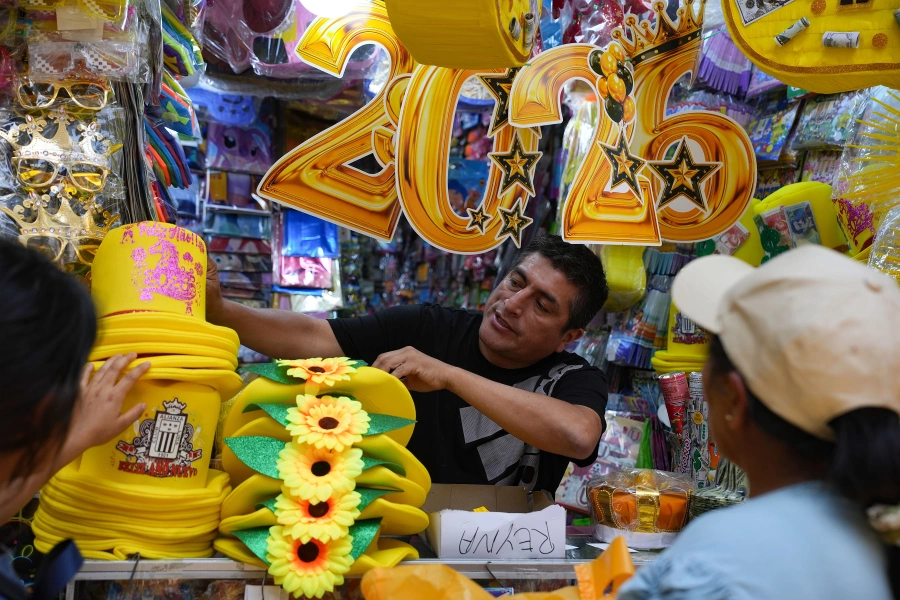The persistently high inflation in Nepal is largely attributed to the catchall 'supply-side constraints'. This basically means that the production of goods (supply) has failed to keep pace with the rising demand. As the supply of a commodity is curtailed, its price increases, boosting inflation. This demand-supply gap may result from a number of things. In Nepal's case, these include lack of reliable electricity to power our industries, shortage of qualified manpower, poor infrastructure, and, underlying them all, the perennial political instability. Since none of these constraints are going away anytime soon, Nepal Rastra Bank's target to cap inflation at 8.5 percent in 2015-16 appears ambitious. But why is the target of 8.5 ambitious when the annualized inflation last year (2014-15) was 7.5 percent? Because last year's figures had little to do with the economic realities of Nepal. The biggest reason for the drop in inflation (it was 9.1 percent in 2013-14) was the plummeting oil price in the international market. Since oil price is closely linked to the price of the commodities that oil is used to transport, these products also became (relatively) cheap. Another reason for low inflation last year was under-5 percent inflation in India, which the Nepali economy is closely tied to.So while the annualized inflation in India this year is still only 5.2 percent, and even as the price of oil continues to slide, chances are that daily commodities like salt and sugar could get a lot more expensive in Nepal. As will the costs of going to restaurants or transacting with a bank. This is because in the next 12 months, if all goes as planned, as much as US $4.4 billion of extra money will enter Nepal in the form of the earthquake reconstruction and rehabilitation funds. (This is excluding the money the government will spend for the same purpose.) With this extra money in people's pockets, everyone from transporters to hoteliers will try to shake them down through higher fees. Moreover, the poor monsoon this year has cut down production of fruits and vegetables, which has prompted the government to make a downward revision of agriculture growth from 2.9 to 1.9 percent. This is driving up the price of food products. With no major power project in pipeline and political instability set to continue for the foreseeable future, the supply-side constrains will in the next few years be further magnified.
This is worrying. According to research by Bernardo's, a British charity, inflation hits the poorest families up to a third harder than the richest ones. It makes sense, too. Since the poor have to spend a disproportionate amount of their income on food, little is left for expenditure on other essentials like health and education. Daily-wage earners will suffer the most from high inflation; along with the 500,000 people rendered homeless by the Great Earthquake. The only way to sustainably tame inflation is to reenergize our dormant industries and to train people to run them well. In that case, inflation will take care of itself. But with our lawmakers busy passing laws to boost their (inflation-adjusted) earnings, they seem to have no time to think of the poor people who will really benefit from a stronger economy.
Prices of gold and silver drop for fourth consecutive day

































